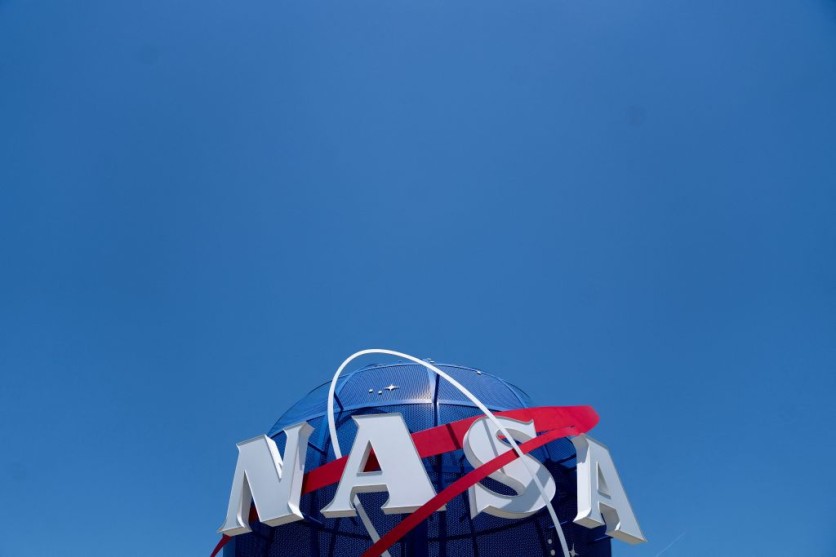NASA has voiced its disapproval of lithium mining activities in the Nevada desert, citing crucial scientific reasons.
While environmentalists and ranchers have long been fighting against lithium mining ventures in the area, the opposition has now expanded to include NASA's concerns, according to Associated Press.

NASA Opposes Lithium Mining in Nevada Dessert
A particular desert tract in Nevada holds immense potential as a source of lithium, a sought-after metal used in the production of clean energy for electric car batteries, aiding in the fight against climate change.
However, NASA argued that this very site, with its flat and undisturbed landscape unlike any other in the Western Hemisphere, plays an irreplaceable role in calibrating the precise measurements of hundreds of satellites orbiting above.
Responding to NASA's request, the US Bureau of Land Management has agreed to exclude a vast area of 36 square miles (92 square kilometers) in eastern Nevada from its list of federal lands available for mineral exploration and mining.
For nearly three decades, this expansive piece of land above the untapped lithium deposit in Nevada's Railroad Valley has been utilized by NASA to ensure accurate measurements, essential for maintaining the optimal functioning of satellites and their diverse applications.
After considering NASA's input regarding the tract located 250 miles (400 kilometers) northeast of Las Vegas, the Bureau of Land Management concluded in April that "no other location in the United States is suitable for this purpose."
The bureau has been engaged in a lengthy battle against various mining challenges put forth by environmentalists, ranchers, and others seeking to overturn the approval of a large-scale lithium mine in northwest Nevada near the Oregon state line.
Back in December, the bureau also conducted an assessment of proposals for an additional lithium mine, which faced opposition from conservationists. This mine is situated near the California border, approximately 230 miles (370 kilometers) southeast of Reno, where an endangered desert wildflower thrives.
Read Also : [WATCH] NASA Releases Shocking Animation Showing How Far Sea Levels Have Risen in 30 Years
Precise Calculations of Satellites
In Railroad Valley, the precise calculations of satellites carry immense importance as they collect and transmit crucial information from space.
These calculations have wide-ranging applications, encompassing weather forecasting, national security, agricultural predictions, and monitoring natural disasters.
NASA emphasizes the indispensable role played by these satellites in delivering time-sensitive information that impacts every facet of life on our planet.
Despite lithium's critical role as a key component in electric vehicle batteries, which is essential for reducing greenhouse gas emissions, the valuable metal is situated beneath land that NASA firmly asserts should remain undisturbed.
This preservation is deemed necessary to ensure the accuracy of satellites that observe and monitor the ever-evolving atmosphere of Earth.
"As our nation becomes ever more impacted by an evolving and changing environment, it is critical to have reliable and accurate data and imagery of our planet," Mark Moneza of Planet Labs, a San Francisco-based satellite imaging company, said in a statement, as reported by AP.
Related Article : NASA Partners With SpaceX, Blue Origin, and 5 Other US Companies to Advance Space Capabilities

ⓒ 2025 TECHTIMES.com All rights reserved. Do not reproduce without permission.




